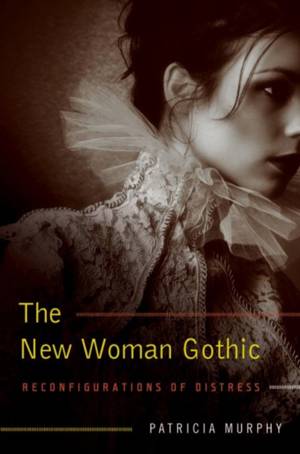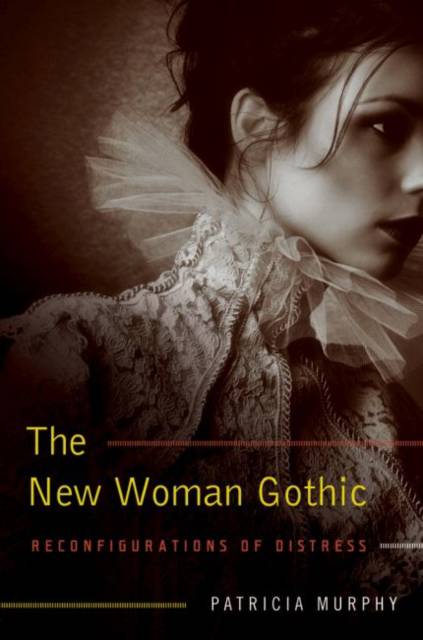
- Retrait gratuit dans votre magasin Club
- 7.000.000 titres dans notre catalogue
- Payer en toute sécurité
- Toujours un magasin près de chez vous
- Retrait gratuit dans votre magasin Club
- 7.000.000 titres dans notre catalogue
- Payer en toute sécurité
- Toujours un magasin près de chez vous
Description
Drawing from and reworking Gothic conventions, the New Woman version is marshaled during a tumultuous cultural moment of gender anxiety either to defend or revile the complex character. The controversial and compelling figure of the New Woman in fin de siècle British fiction has garnered extensive scholarly attention, but rarely has she been investigated through the lens of the Gothic.
Part I, "The Blurred Boundary," examines an obfuscated distinction between the New Woman and the prostitute, presented in a stunning breadth and array of writings. Part II, "Reconfigured Conventions," probes four key aspects of the Gothic, each of which is reshaped to reflect the exigencies of the fin de siècle. In Part III, "Villainous Characters," the bad father of Romantic fiction is bifurcated into the husband and the mother, both of whom cause great suffering to the protagonist.
Spécifications
Parties prenantes
- Auteur(s) :
- Editeur:
Contenu
- Nombre de pages :
- 340
- Langue:
- Anglais
Caractéristiques
- EAN:
- 9780826220677
- Date de parution :
- 29-03-16
- Format:
- Livre relié
- Format numérique:
- Genaaid
- Dimensions :
- 157 mm x 236 mm
- Poids :
- 680 g







